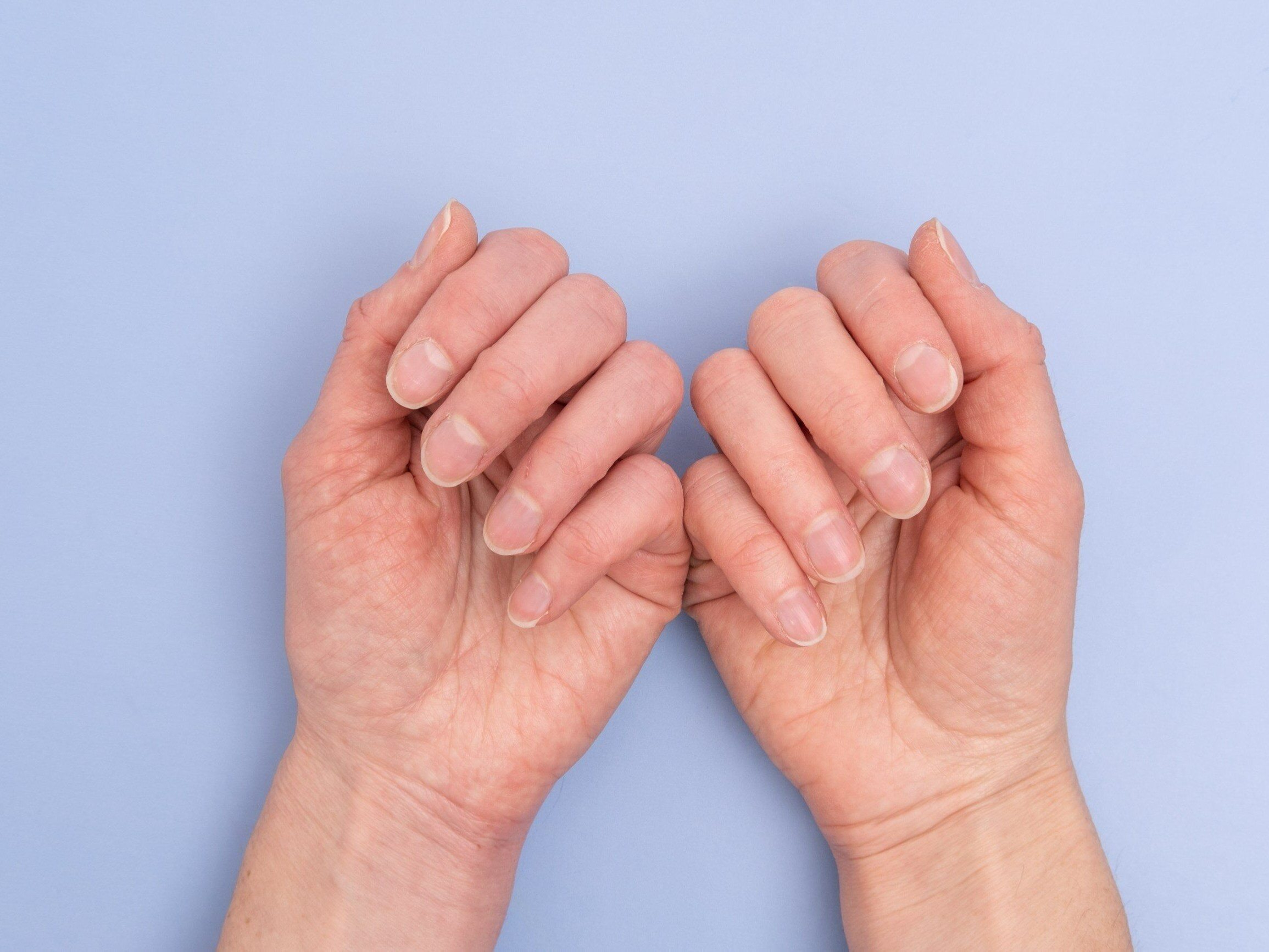Grooves on your nails can mean serious diseases. Don’t underestimate them

Most people consider nail grooves to be a mere cosmetic defect. It’s a mistake. These changes may be a symptom of many serious diseases. See what diseases are involved.
- Nail grooves as a disease symptom
- Nail grooves and mycosis
- Transverse grooves on the nail, i.e. Beau’s lines
- Nail grooves – other possible causes
- How to treat nail cracks?
The grooves on the nails take the form of vertical or transverse stripes. They can occur in both hands and feet. Their most common cause is vitamin deficiencies, for example zinc or magnesium. However, changing the daily diet and providing the body with minerals does not always solve the problem.
Nail grooves as a disease symptom
Nail ridges occur when the body runs out of water and becomes dehydrated. It is also accompanied by other symptoms, such as oliguria, dry skin, headaches and dizziness, weakness and fatigue. Two groups are particularly vulnerable to this health problem – children and seniors. Importantly, it may appear not only in spring and summer (during hot weather), but also in autumn and winter. Toddlers and the elderly often have a disturbed sense of thirst. This means that they don’t really know when they feel thirsty. Therefore, they do not meet this need in an appropriate way.
Dimples on the nail plate often also indicate hormonal disorders, metabolic diseases (such as diabetes), and pathological processes occurring in the digestive system. hypothyroidism, circulatory diseases, rheumatoid arthritis and psoriasis. These changes often indicate keratinization disorders. Their symptoms include not only nail furrows, but also thickened, rough and dry skin.
Nail grooves and mycosis
Fungal infections, i.e. infections caused by dermatophytes and yeasts, are also often responsible for the formation of grooves on nails. Infection most often occurs through contact with a contaminated surface, for example at a public swimming pool. Its symptoms include not only pits, but also other changes visible on the nail surface (discoloration, distortions, etc.). Treating the disease is not the easiest thing because it tends to recur. A slight decrease in immunity is enough for it to reappear. Typically, therapy involves taking antifungal agents.
Transverse grooves on the nail, i.e. Beau’s lines
Beau lines are specific depressions visible on the nail. They can cover the entire plate or occur only in certain places. They are quite deep. They appear in the course of diseases such as diabetes, hypertension, pemphigus, mumps, deep vessel thrombosis, alopecia areata, eczema or pneumonia.
Nail grooves – other possible causes
Nail grooves may also be a consequence of improper hygiene, for example soaking your hands or feet in water for too long. The occurrence of this type of changes is also facilitated by the use of strong detergents when cleaning or the use of acetone (to remove nail polish). People who experience severe or long-term stress are also at risk of developing the problem. It is also related to a decrease in the body’s immunity and greater susceptibility to various types of infections and pathogenic microorganisms.
How to treat nail cracks?
The course of action depends on the cause of the problem. It should be remembered that nail grooves alone cannot be the basis for diagnosing a given disease. The diagnosis is based on a broader clinical picture. If you notice any disturbing changes on your hands or feet, contact your general practitioner who will conduct an interview and refer you to further tests or to a specific specialist.






